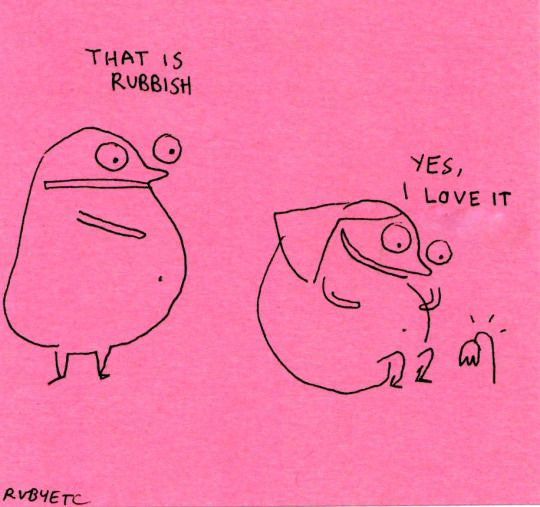Let me start this off by playing out a scenario I often find myself in:
*sees someone wearing an “iykyk” article of clothing*
Me, hoping to have found a new friend: “Nice ____________. I love [insert brand/piece here].”
Them: “Oh yeah, idk, I found it on Instagram.”
Or worse:
Them: “Thanks! It’s actually from Zara/Amazon.”
Me: *sighs*
*walks away*
No new friend after all.
*end scene*
This example is not meant to come off as “holier than thou,” but rather to demonstrate the fact that subcultures don’t exist in the same way that they used to. I miss the time when that scenario had a different ending. One where I had met someone who also spent every spare moment researching the same niche topic or designer, artist, musician, etc. and I knew that they did because who would wear the t-shirt of a band they don’t listen to? *Ahem.*
It has become increasingly harder to find another person who has the same level of interest for specific topics anymore. At least in real life interactions. (Thank god for the internet in this regard, so more about the cons later)
James Gill from the Gravity Global wrote an 8-part article on “The Death of Subculture” and it encapsulates all of the things I’ve been feeling and noticing regarding the shift that has taken place over the past few decades.
“The beginning: As a child and young adult of the 1980s and 1990s, I used to see punks, metalheads, ravers, goths and skaters on the streets of Norwich. Now, in 2017, I feel like I don’t see anyone who belongs to a scene or subculture. Has subculture disappeared or are they invisible to me?” – James Gill
Part 4 of this series brings up the idea that we now have faster and cheaper methods to fulfill creative satisfaction than we did before: “Nowadays, people post online what they might once have put into a song.” A designer will release a new collection with a full copy-and-paste version available on SheIn within mere weeks. With the internet and social media, we now have direct access to an audience. This has unfolded into a long list of pro’s and con’s. For example:
Pro: Being able to create your own platform regardless of affiliation to an agency, manager, label, brand, etc.
Con: Lower quality standards because there is not much on the line. More output. Less refined pieces of work.
On the consumer side, there is now more access to… everything. This almost entirely eliminates the differentiation between die-hard fans and someone who happened to stumble across something by chance. When you had to make an effort to seek out your true interests (ie. illegally pirating music/movies) versus now when most artist’s music is available on Spotify, it blurs our ability to spot fellow cult followers.
One of the panelists from the article states that, “the last big subculture was anti-brand. Not goth. Not punk. Almost bland to the untrained fashion blogger. There was a NO LOGO, f*ck the corporates, f*ck labels, anti-globalization movement that manifested itself in a very grown-up, conscious punk kinda way. Banksy, mashup bootlegs, pirating torrents; plain colour blocking, no visible logos; understated shunning of the limelight… yet massively famous.” – Russ Tucker, Creative Director
Hmmm…
“Almost bland to the untrained fashion blogger.”
“Understated shunning of the limelight… yet massively famous.”
These subtle nuances are the details that a cult follower could decipher that typically go unnoticed to the untrained eye. The details that unite like-minds and create a subculture. The details that create a sense of belonging.
The solace we once found in finding a group of seemingly similar individuals now feels lost. What once served as a means of escape from the mainstream now feels like a real life tournament of “Guess Who?”.
Although, I think we’re starting to circle back around a little bit. In a world that has become saturated with cheap replicas, the things of true quality and substance are starting to stand the test of time. Maybe subcultures aren’t completely dead.
In the meantime, I’ll be over here continuing to compliment random strangers in hopes of finding more fellow “grown-up, conscious punk” kinda people.






